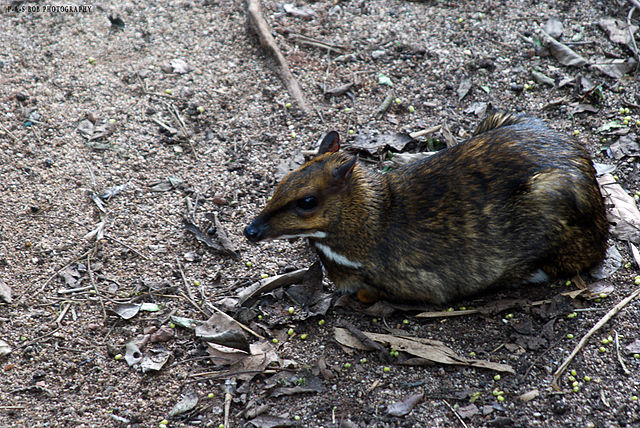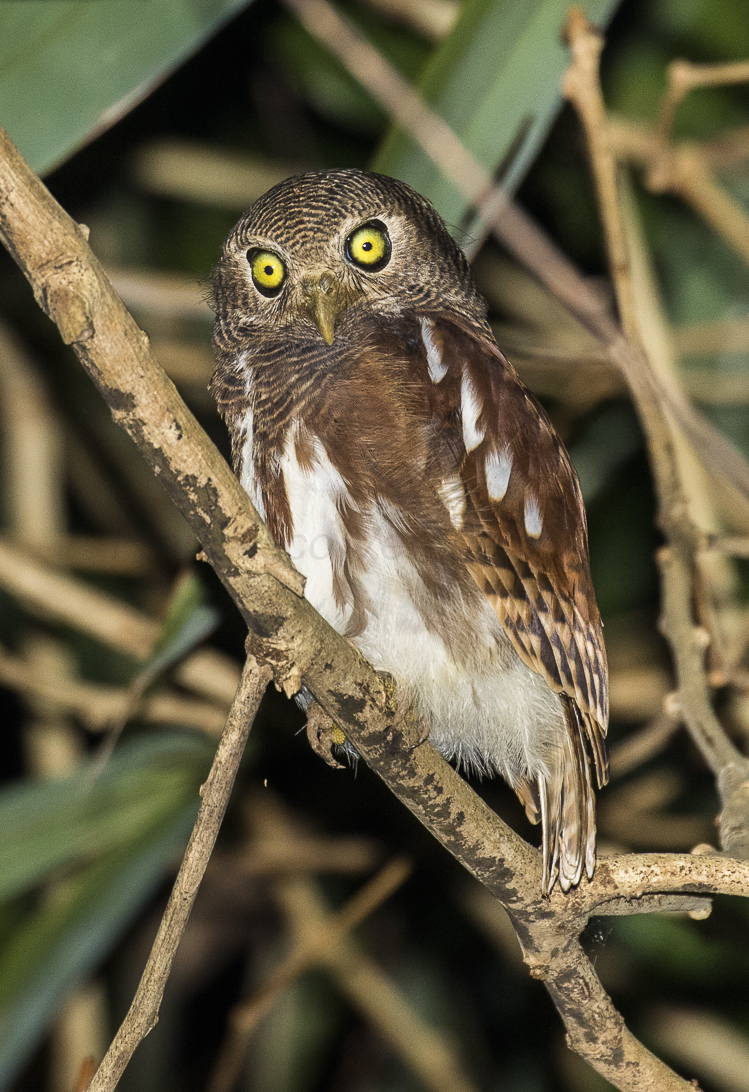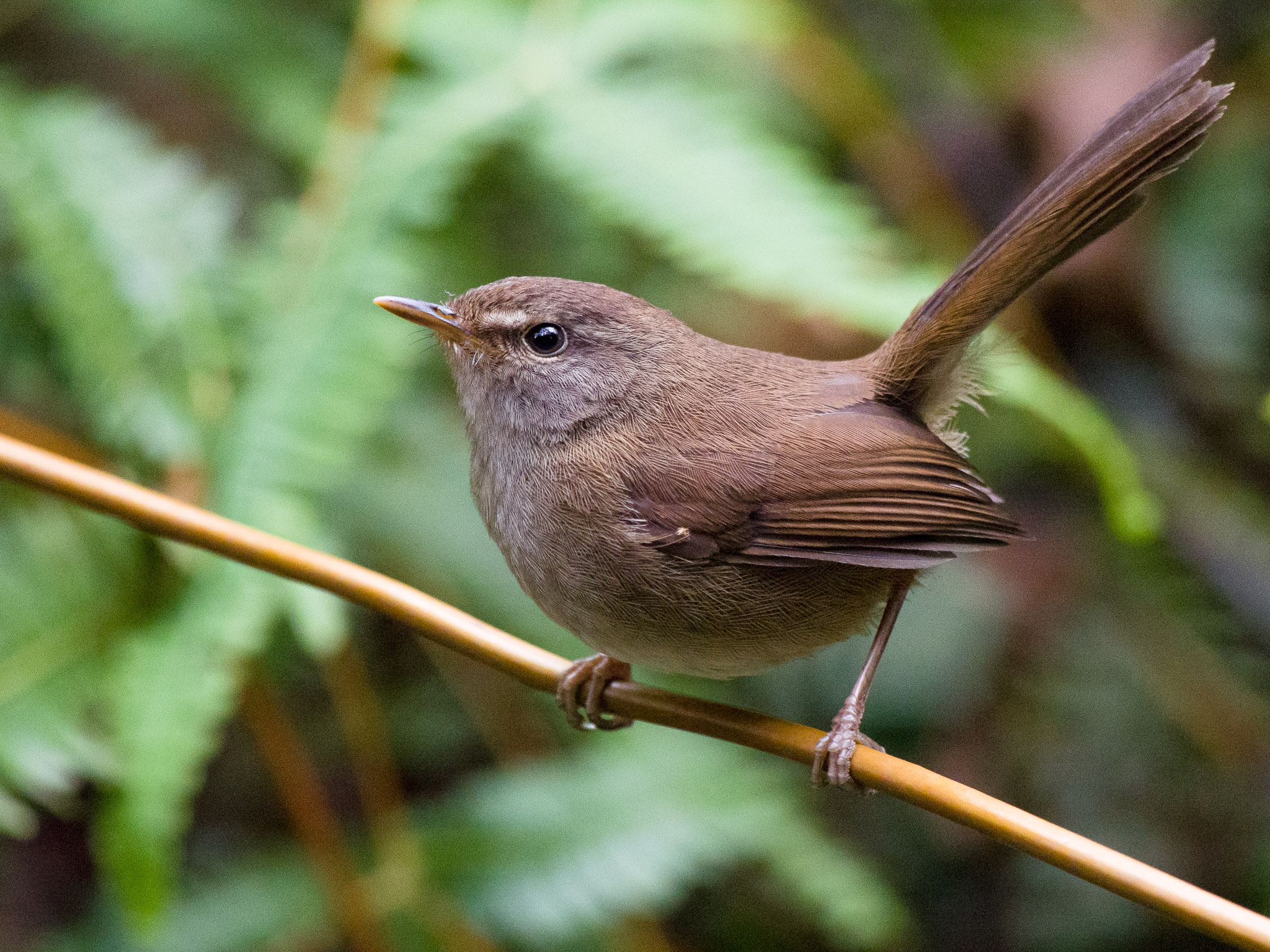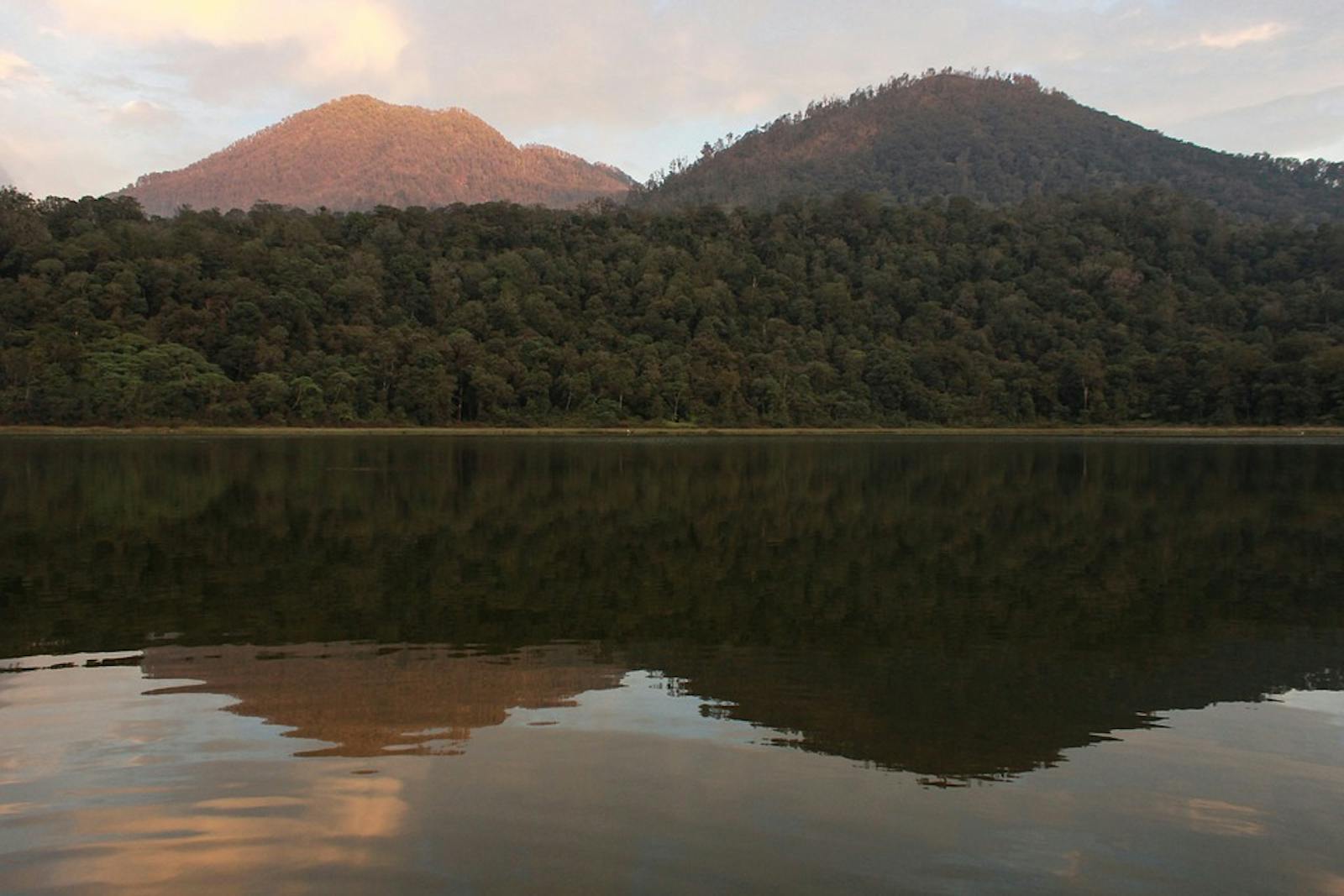Eastern Java–Bali Montane Rainforests
The ecoregion’s land area is provided in units of 1,000 hectares. The conservation target is the Global Safety Net (GSN1) area for the given ecoregion. The protection level indicates the percentage of the GSN goal that is currently protected on a scale of 0-10. N/A means data is not available at this time.
Bioregion: Javan-Bali Tropical Rainforests (IM17)
Realm: Indomalaya
Ecoregion Size (1000 ha):
1,593
Ecoregion ID:
229
Conservation Target:
52%
Protection Level:
1
States: Indonesia
Imagine an adult deer that is only slightly taller than a rabbit, but with a bulkier body and pencil-thin legs. Such an animal does exist in the forests of Java and possibly in Bali. The Java mouse deer holds the distinction of being the smallest ungulate in the world. Very little is known about this tiny but charismatic creature, except that it seems to prefer montane forests. During the day, these mouse deer roam the dense undergrowth in forest crown gaps created when a tree falls and lets in more light into the forest floor.

The flagship species of the Eastern Java–Bali Montane Rainforests ecoregion is the Java mouse deer. Image credit: Creative Commons
The Eastern Java–Bali Montane Rainforests ecoregion represents forests along the central mountains of eastern Java and Bali, comprised of a row of about twenty active and dormant volcanos. Both islands lie along the Ring of Fire, the seismically active boundary of the Pacific Plate, and trace their origins to volcanic activity. Java is believed to have formed during the Miocene 26 million years ago as a series of volcanos that eventually coalesced to form the larger island; Bali emerged more recently, during the Pliocene about 3 million years ago.
The climate is tropical monsoonal. The average annual rainfall in Java is about 1,900 mm, with a rainy period between December and February. The temperature in the mountains is about 21°C, but can become much colder in the higher elevations.

Flame-fronted barbet. Image credit: Francesco Veronesi, Creative Commons
The predominant forest types are evergreen rainforest and moist deciduous forests. The former are characterized by Artocarpus elasticus, Dysoxylum caulostachyum, Lansium domesticum, and Planchonia valida. The moist deciduous forests in the drier areas are characterized by Homalium tomentosum, Albizia lebbekoides, Acacia leucophloea, Acacia tomentosa, Bauhinia malabarica, Cassia fistula, Dillenia pentagyna, Tetrameles nudiflora, Ailanthus integrifolia, and Phyllanthus emblica.
Some lowland tree species extend up to about 1,200 m, but subtropical species of Lithocarpus, Quercus, Castanopsis, and of Lauraceae, Magnoliaceae, Hammamelidaceae, and Podocarpaceae dominate. Above 1,000 m, the vegetation includes shrubs and herbs of species of Anemone, Aster, Berberis, Galium, Gaultheria, Lonicera, Primula, Ranunculus, and Viola. Ericaceae shrubs, including species of Rhododendron, Vaccinium, and Gaultheria become more common above 3,000 m.

Javan owlet. Image credit: Francesco Veronesi, Creative Commons
Over 100 mammal species have been recorded from this ecoregion, including the critically endangered Javan leopard that seems to take refuge on montane protected areas. Some of the primates of conservation concern include the Javan lutung and an isolated population of the endangered Javan grizzled langur on Gunung Lawu. Tigers are now extinct from both Java and Bali.
Over 215 birds have been recorded from the ecoregion, including 34 range-restricted species. Consequently, the ecoregion overlaps with the eastern part of the Java and Bali forests Endemic Bird Area. Two endemic species, the Javan hawk-eagle and the Javan scops-owl are threatened by habitat loss and require conservation attention.

Sunda bush warbler. Image credit: Mike Prince, Creative Commons
Java has one of the highest human population densities in Asia, and the upward migration into montane areas to clear forests and settle continues. Currently, about 10% of the ecoregion is protected, but mostly as isolated reserves that cover mountain tops. The mountains, while protecting forests and endemic species, also provides important ecosystem services, especially as a source of clean freshwater. Thus, additional conservation measures are needed to link the lowland and montane forests in order to better protect watersheds.
The recommended priority conservation actions are to: 1) design and protect a landscape-scale reserve network with lowland-montane linkages; 2) stop wildlife poaching; and, 3) stop encroachment into important montane water sources.
Citations
1. Darajati, W., Pratiwi, S., Herwinda, E., Radiansyah, A.D., Nalang, V.S., Nooryanto, B., Rahajoe, J.S., Ubaidillah, R., Maryanto, I., Kurniawan, R. and Prasetyo, T.A., 2016. Indonesian Biodiversity Strategy and Action Plan (IBSAP) 2015-2020. Kementerian Perencanaan Pembangunan Nasional (BAPPENAS).
2. Whitten, T., Soeriaatmadja, R.E. and Afiff, S.A., 1996. Ecology of Java & Bali (Vol. 2). Oxford University Press.
3. Wikramanayake, E, E. Dinerstein, et al. 2002. Terrestrial Ecoregions of the Indo-Pacific: A Conservation Assessment. Island Press.



